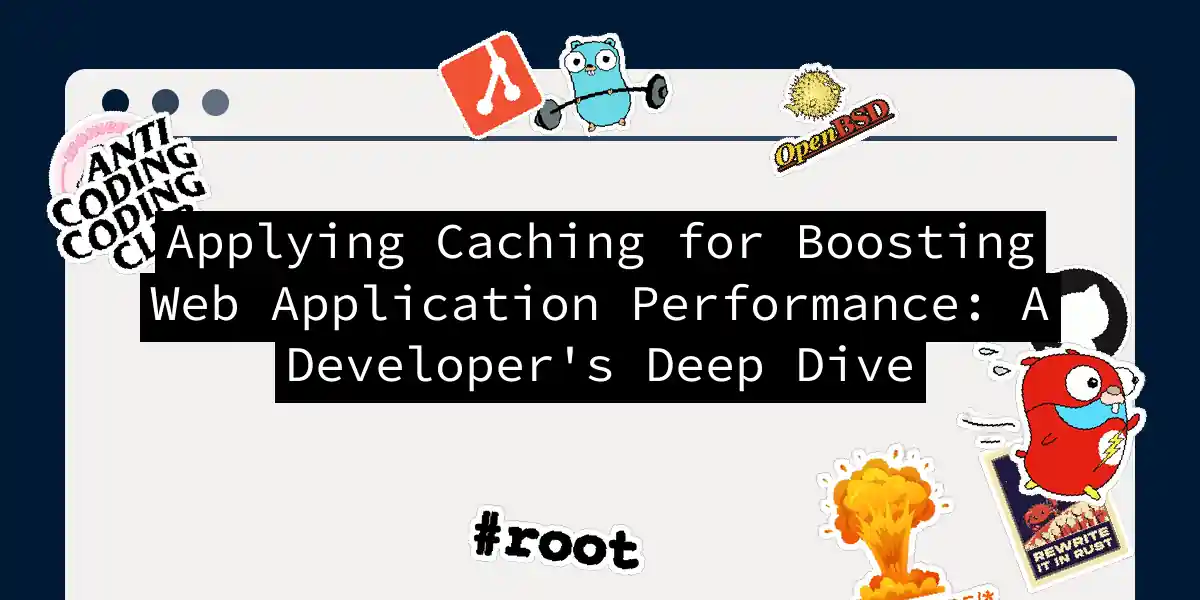
Applying Caching for Boosting Web Application Performance: A Developer's Deep Dive
If your web application feels slower than a sloth on a Monday morning, the culprit is probably not enough caching. I get it—caching seems deceptively simple until you realize you’re debugging why yesterday’s data is still showing up today. But here’s the beautiful secret: caching is simultaneously the most effective performance hack and the reason developers lose sleep at night (thanks, cache invalidation). Let me walk you through it all without the existential dread....



